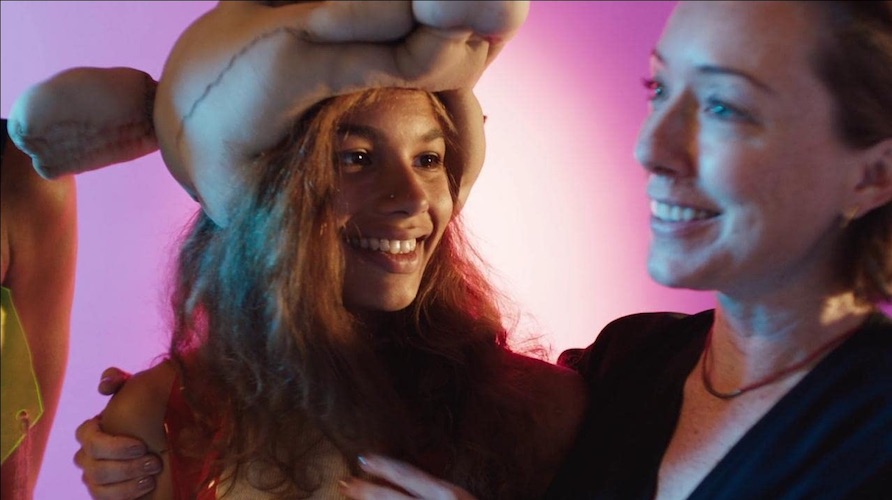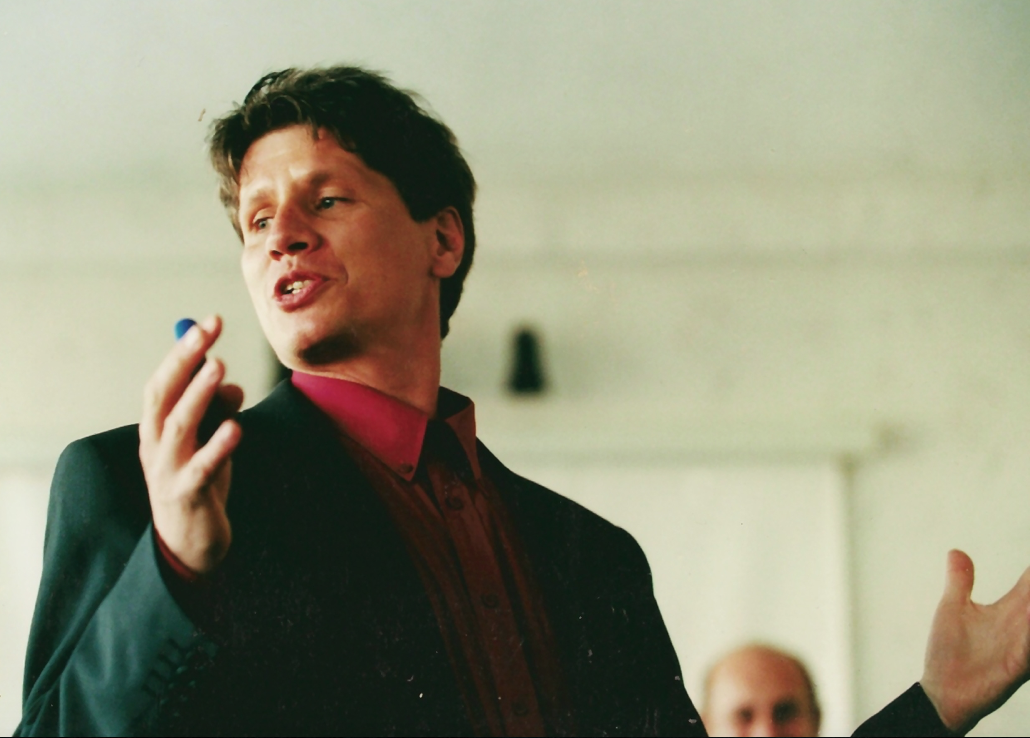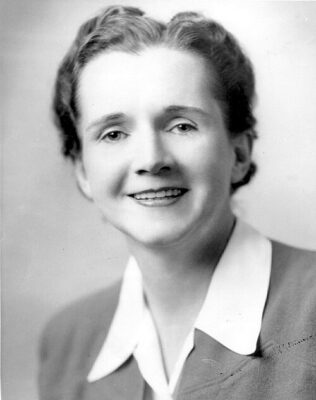
“What you are experiencing is just a metaphor. The emotions you are having are not your own. They are someone else’s.” Those words could be used to describe the act of watching virtually any narrative film. In this case, it’s a meta-moment belonging to the first mysterious scene of Madeline’s Madeline, the 2018 indie drama directed by Josephine Decker. The woman, ostensibly a nurse, continues to speak directly into the camera. “You are not a cat. You are inside the cat.” We’re placed in the viewpoint of someone – or some thing – to whom she is speaking. The sound of sloshing water and fuzzy images suggest the moment of birth, of entering the world with fresh eyes. Abruptly, the scene cuts to a young girl who stretches out on a table like a lazy feline, then purrs and paws at her mother. We now realize we had been experiencing an improve group’s acting exercise as seen from the mind’s eye of the titular character, Madeline. Like much of Madeline’s Madeline, gratification is delayed until our comprehension catches up.
Madeline’s Madeline is a teen movie aimed squarely at adults. The focus, of course, is on Madeline, who’s just south of seventeen and divides most of her time between two women – her emotionally unstable mother and her performance art instructor. Madeline is played by Helena Howard in a debut performance so powerful, The New Yorker magazine’s resident film critic Richard Brody recently declared it “one of the best of the Century so far.” Howard, with striking facial features almost too intense for close-ups, is a revelation. Madeline’s mother, Regina, is played by the idiosyncratic Miranda July, who excels at bringing an uncomfortable neuroticism to all her roles. Molly Parker, Primetime Emmy nominated for playing Jackie Sharp in the award-winning series, House of Cards, is equally well cast as Miranda’s instructor, Evangeline.
Madeline is a sensitive girl who suffers from an undisclosed mental illness. It eventually becomes apparent that what she really suffers from is having a basket case for a mom. Regina is the type of mother Roger Waters wrote a song about, working overtime to instill as many of her own fears and anxieties into her daughter as possible. In lieu of a proper role model (Madelin’s father is MIA), it’s easy to understand Madeline’s attraction to Evangeline, who deliberately sends out mother-figure signals to the poor lonely girl. It takes a while before she realizes Evangeline is manipulating her with faux affection, putting her on a pedestal to be exploited, not honored, at the expense of her happiness, perhaps even her sanity.
According to the end credits of Madeline’s Madeline, it was created through the improvisational efforts of a long list of collaborators, and it shows; character interactions feel spontaneous and lifelike. But there’s a rigor to the filmmaking. Serving as a leitmotif for the creative process, references to conception and birth run throughout. Small out-of-focus areas occasionally line the margins of the frame to reflect Madeline’s interiority, creating a distinctive visual aesthetic. The sound design accentuates the expressive cinematography; hiding behind a mask is a central metaphor, yet Madeline sometimes sounds like she’s breathing through a mask even when she’s not wearing one. It’s an audio affectation that might explain the doppelgänger title – nobody can actually see the real Madeline, they are only seeing Madeline’s Madeline.
For KSQD’s Film Gang, this is Paul Kanieski.












